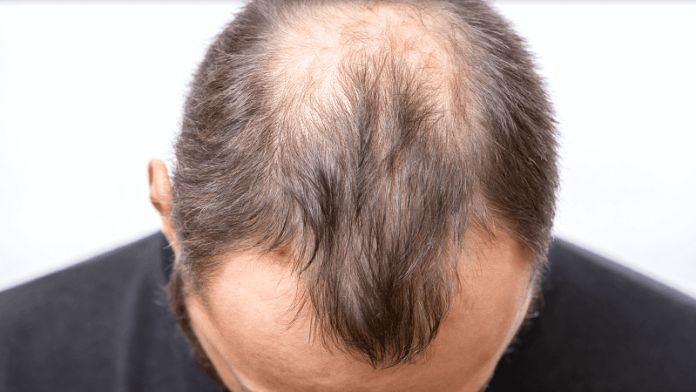Hair loss can be a traumatic and upsetting experience for some people when they first begin to observe thinning hair or bald spots on their head. Despite assurances from dermatologists that losing around 100 hairs per day is a normal body process, and that tried and tested remedies are currently available through prescription drugs that are known to bring back thicker hair in some people, these thoughts offer little comfort for those experiencing continued hair loss.
Now, researchers at Yokohama National University in Japan say they have found a new method for treating hair loss by generating hair follicles in vitro cultures in a laboratory environment. Besides being a potential treatment for hair loss, the innovative method employed by the researchers also provides a better understanding of how hair follicles develop.
For their study, the researchers used ‘organoid cultures’ — organoids are small simple versions of an organ — that have in recent years been in the spotlight for providing a better understanding of organ and tissue development in humans.
At the time of birth, when an egg develops into an embryo, a series of messages are sent back and forth between the epidermal layer of the skin and the mesenchyme, or the skin’s connective tissue. These signals spur the creation of hair follicles, a process known as morphogenesis, where an organism’s cells come together to form the body’s organs and tissues.
The researchers pointed out that in the past scientists were not able to understand what goes on behind hair follicle development, and that hair follicle morphogenesis process has not, until now, been reproduced in a culture dish. They also explained that rodent embryonic cells were used in their study due to their shorter period of hair generation, higher hair-inducing activity, and availability compared to cells of human origin.
Over the course of their study, the researchers were able to successfully increase the probability of hair formation from less than 1 percent — one out of 300 cell aggregates — at the beginning of the research to almost 100 percent — or 300 out of 300 cell aggregates. The team was also able to grow hair shafts and hair follicles with almost 100 percent efficiency that generated fully mature hair follicles with long hair shafts, reaching approximately 3mm in length, in 23 days of culture.
By providing a continuous in vitro observation of the process of new hair follicle formation, the innovative system helps researchers gain a better understanding of how hairs are formed and what happens when certain external stimuli are applied in the process. The team added that, through continuous observation of how melanosomes — organelles that process and hold melanin pigments that provide color to hair — are passed on to the hairs and pigmented, they could also understand the causes of gray hairs and to develop drugs to treat them.
Although the new study offers a tantalizing picture of what could be possible in future, doctors say that currently the best step is to first consult a specialist. Experts specializing in treatment for hair loss can diagnose the type and cause of hair loss the person is experiencing, and recommend appropriate treatments that could reverse this hair loss and grow new hairs, or at the least just slow down the process.
Accepted treatments that exist at present include medications, hair restoration surgery and laser treatment. The most common treatments for male pattern baldness are medications like minoxidil — commonly known by the brand name Rogaine — and finasteride, which goes by the brand name Propecia.
While it could take at least three to four months to start seeing results from applying the liquid minoxidil, the patient will need to continue using the medicine indefinitely to maintain the benefits. On the other hand finasteride is a prescription pill for men with male pattern baldness. Many who take this medication will see new hair growth or the slowing of their existing hair loss within a few-to-several months of medication. But again, as in the case with minoxidil, they will need to keep taking the drug to sustain its benefits.
In the case of hair restoration or hair transplant surgery, a dermatologist or cosmetic surgeon will move existing hair from a part of a person’s scalp that has hair and will transplant it to a part of the scalp that is thinning. This is often the crown of the head. Usually more than one surgery session might be needed to get the desired level of improvement, and the procedure can be very costly. More recently, low-level laser therapy has proven to be helpful in treating hereditary hair loss in both men and women.
While the new research focused on rodent cells, the next step would be to model this process with human cells. The new finding also offers the potential for developments that could lead to finding a permanent solution to hair loss in future

















